Salut, Je viens de monter NAC HU sur ma Peugeot 607 2005 et ça marche. Dans ma voiture, j'ai le BSI 2004. Tout d'abord, j'ai connecté HU sans adaptateur CAN. Cela fonctionnait, mais certaines options étaient impossibles à voir / à modifier, telles que les paramètres de langue, les paramètres de date / heure.
Ensuite, j'ai construit un adaptateur CAN et tout fonctionne à merveille. Mon concessionnaire Peugeot a utilisé le télécodage du numéro de VIN. Il était surpris que le CNA dans une vieille voiture fonctionne et le fait gratuitement. Maintenant, j'ai acheté (auprès de mon concessionnaire Peugeot également) une caméra de recul et mon revendeur a essayé de la télécoder, mais les options telles que la caméra et les capteurs de stationnement sont bloquées (grisées) dans Diagbox. Il n'a aucune idée de comment utiliser le télécodage pour ces options. Y a-t-il un moyen de le changer?
Un autre problème est l’adaptateur CAN: c’est assez gros, et j’essaie maintenant de projeter une carte avec ESP32 et deux récepteurs CAN. Si je le fais, je le publierai ici.
La dernière chose est le pouvoir. Je l'ai connecté à la sortie BSI, qui s'éteint après 2 minutes d'inactivité. L'avantage de cette solution est un démarrage plus rapide du système et je n'ai pas besoin de minuterie. Maintenant, quand je viens le matin à ma voiture et que j'utilise une télécommande, le système NAC est prêt à être utilisé immédiatement après le changement de contact. Merci les gars pour ce guide, spécialement VLud - vous l'avez très bien fait.
Et enfin désolé pour cette traduction, mais je ne connais pas du tout le français.
-----
Hello,
I just mounted NAC HU in my Peugeot 607 2005 and it works. In my car I have BSI 2004. Firstly I've connected HU without CAN adapter. It was working, but some options wasn't unable to see/change, like Language Settings, Date/Time Settings.
Then I've built CAN adapter and everything works like a charm. VIN Number telecoding did my Peugeot Dealer. He was surpsised, that NAC in old car works and did it free of charge.
Now I've bought (by my Peugeot dealer also) backup camera and my dealer tried to telecoding it, but the options like camera and parking sensors are blocked (grayed out) in Diagbox. He has no idea how to do telecoding for these options. Is there any way to change it?
Another thing is CAN adapter - its quite big and now I'm trying to project PCB with ESP32 and two CAN receivers. If I do it, I will publish it here.
Last thing is power. I've connected it to BSI output, which is shutting down after 2 minutes of inactivity. The advantage of this solution is faster system starting and I do not need any time switch. Now, when I come in the morning to my car and I use remote, the NAC system is ready to use immediately after switching ignition.
Thanks guys for this guide, specially VLud - you did it very good.
And finally sorry for this translation, but I don't know french at all.




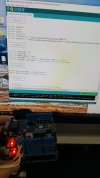
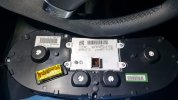
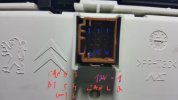
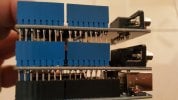
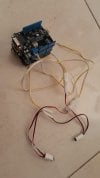

 ) et dans ce cas j'aurais sans doute des questions.
) et dans ce cas j'aurais sans doute des questions. ).
).